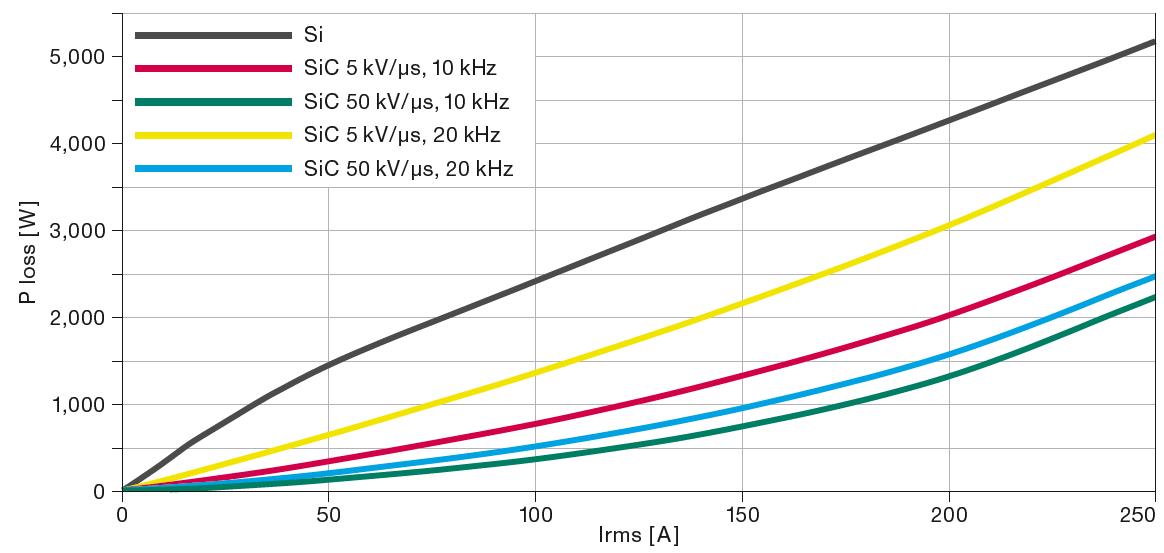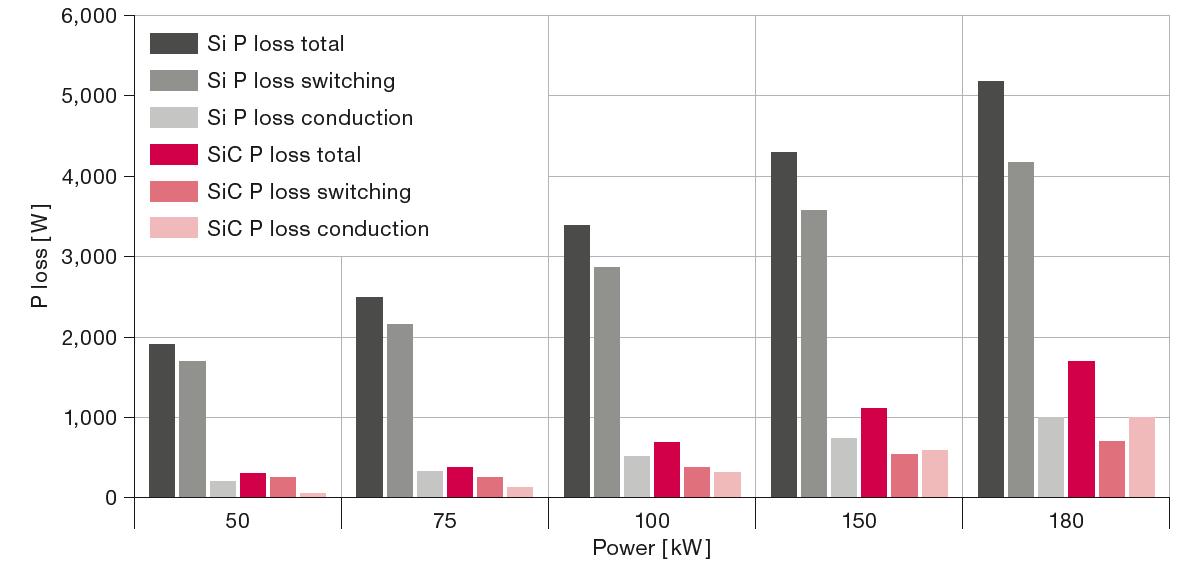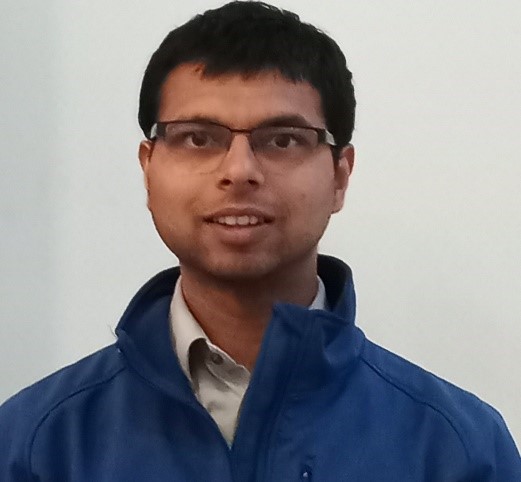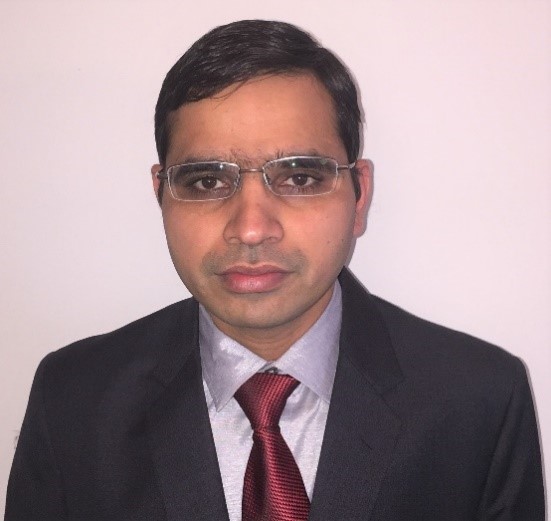Trends in Electrification of Mass Transportation
Electrification of transportation systems is on the agenda of several countries throughout the world, to achieve reduced greenhouse gas emissions to combat global warming. With targets set by different local and national governments for the years 2030–2050 for achieving a certain level of penetration of electrified public transportation, it is imperative to work towards solving the challenges associated with electric vehicles for mass transportation.
The major technological concerns regarding electric transportation are regarding reliability of these systems, operating range, and charging or refilling time. Other challenges are the cost of electric vehicles vs Internal Combustion Engine vehicles, the establishment of a charging or refilling station network, training and familiarizing the workforce with electric vehicles' operation, maintenance, and their charging, and having proper agreements with energy utilities to manage availability and cost of power for charging needs.
The operating range and cost of electric vehicles heavily depend on the traction system and the energy storage i.e. the electric battery. A larger battery gives a costlier system with more operating range. A more efficient traction system leads to a higher operating range as well. New technologies have been emerging over the past few years, that result in improved efficiency, smaller size, and lower cost of traction inverters.
Power semiconductors are mostly silicon-based. While this is a robust technology with decades of maturity, high yields, and stabilized low costs, the challenge of moving further ahead in performance has fueled research into other materials. As a result, wide-bandgap materials, most notably Silicon Carbide and Gallium Nitride have come up as the most promising materials, with power devices based on them already introduced in the market during recent few years. These are newer technologies compared to Silicon and thus cost higher but carry their own unique challenges and advantages.
Silicon Carbide wideband gap semiconductor devices result in up to 2% higher efficiency than traditional silicon-based solutions. Combined with new capacitor technologies, this results in traction inverter sizes up to 4 times smaller than current designs as well as achieving a reduction of weight by a factor of 2 or higher. Electric motor efficiency and weight is also being improved by utilizing multiphase and hybrid axial and radial flux designs resulting in improved volumetric and gravimetric power density. Further improvements are also being explored using 3D printing and additive manufacturing and mechanical and thermal integration of the motor and inverter systems used in electrified transportation. 
Figure 1. SiC inverter power losses at 10 kHz and 20 kHz, with 5 kV/μs and 10 kV/μs in comparison to the overall losses of Si for 10 kHz and 5 kV/μs.
Today’s state-of-the-art 400 V Si-IGBT inverters operate at switching frequencies of 8 to 10 kHz. The voltage slew rates are typically less than 5 kV/µsec. The full potential of the SiC inverter technology is based on the possibility of 10 times higher switching frequencies and voltage slew rates compared to a Si inverter. Figure 1 demonstrates the influence of the voltage slew rate (dv/dt) on the inverter losses.[1] The size of a power electronic converter is often dominated by that of its passive components and its thermal management system. The power module typically occupies a diminutive fraction of the total volume. The converter’s power capability is dictated by its ability to reject the heat due to losses. Figure 2 shows the differences of single inverter systems (Si/SiC) and the resulting losses at different output powers. The cumulated overall power losses are split up into switching and conduction losses. The differences between the total power loss at 800 V of conventional Si technology and SiC technology are significant.

Figure2. Power losses for different inverter concepts as a function of the output power.
Advancements in the wide bandgap device technology like SiC MOSFETs have further galvanized the research on power converter topologies used for battery charging, auxiliary power supplies, and traction inverter. In recent times, there has been an increased effort to improve the power density and efficiency of the EV battery charger.
Establishing a capable charging infrastructure is another part of transportation electrification. The charging stations should be abundant and should provide fast charging speeds, to reduce the downtime of the electric vehicles. Over recent years, DC fast charging has gotten to increased power levels, in the vicinity of 150kW-350kW, that can charge the battery fully within a couple of hours. A higher system voltage of 800 V instead of the common 400 V allows faster recharging of the battery given a constant cable cross-section. The 800V platform can increase the charging capacity up to 270kW, thereby reducing the zero-to-80% charging time to less than 15 min. Even higher, megawatt level power charging is being investigated for public transport vehicles, that have larger batteries than passenger vehicles, to keep charging times small. Higher voltage power semiconductors have emerged, enabling higher efficiency medium voltage (3.3-13.5kV) level multi-megawatt power conversion, for charging stations to charging of multiple vehicles.
Traditional EV battery charger employs a front-end PFC converter coupled with an isolated DC-DC converter. These two converters are interfaced through bulky electrolytic capacitors. Thus, suffers from lower power density, low efficiency owing to two different power processing stages and high cost. There have been efforts to eliminate intermediate capacitor banks by combining front-end PFC and DC-DC stages to a single converter unit. This approach not only improves the power density and system efficiency by reducing passive elements, but it also retains all features of the traditional battery chargers including bidirectional power flow enabling grid-to-vehicle and vehicle-to-grid mode of operation. To further improve the power density and reduce system cost, recent developments have also been taken place in combining the traction inverter and 48V auxiliary power supply into a single converter system. [2]
Wireless charging is sleeker and more elegant than legacy overhead pantograph systems for electrified mass transportation. Moreover, the ease and speed of wireless charging enable EVs on circular routes to run virtually non-stop. Wireless charging is ideal for electrifying airport shuttles, port-based drayage vehicles, and other vehicle types. The electrification of bus transport is the subject of many research and demonstration projects around the world. Electric buses can be charged either conductively or inductively. Inductive charging is done through magnetic AC fields from coils that are buried underground. The benefits of this technology include minimal visibility and low influence of weather conditions (e.g. snow, rain) to the charging technology.[3]
Fuel Cell is another electric vehicle technology being looked at for heavy-duty vehicles, including public transport. Refueling hydrogen for fuel cells takes almost similar time as filling the fuel tank of an Internal Combustion Engine vehicle with gasoline. Traditionally, fuel cells have been slow in dynamics, having been explored for range-extending operation, requiring large batteries. Newer fuel cells have faster dynamics and by being active during dynamic operation, the battery size requirement can be reduced by 60%, reducing battery cost, weight and charging time. To utilize the faster dynamics of these newer fuel cells, newer DC/DC power converter architectures are being explored to have smaller system size and better power conversion efficiency.
Electrified mass transportation has the potential to solve traffic congestion and air pollution in large metropolitan areas of the world. Power electronics is playing a critical role to achieve this goal by utilizing efficiently energy consumption preferably generated from renewable sources.
References:
[1] https://www.continental.com/resource/blob/223720/155e97e7c46388632948646699e0121f/200604-further-information-on-800-v-axle-drive-data.pdf
[2] H. Plesko, J. Biela, J. Luomi and J. W. Kolar, "Novel Concepts for Integrating the Electric Drive and Auxiliary DC–DC Converter for Hybrid Vehicles," in IEEE Transactions on Power Electronics, vol. 23, no. 6, pp. 3025-3034, Nov. 2008, doi: 10.1109/TPEL.2008.2005384.
[3] https://www.energy.kth.se/energy-systems/completed-projects/wireless-bus-stop-charging-1.641947
Authors:
 |
Dr. Rohit Baranwal received his Doctorate (Ph.D.) degree from the University of Minnesota Twin Cities, Minneapolis in 2016, MS from the University of Minnesota Twin Cities, Minneapolis in 2014, and B.Tech. from Indian Institute of Technology Roorkee in 2008, all in electrical engineering. |
 |
Dr. Parthasarathy Nayak (Member, IEEE) received the B.Tech. degree in electrical and electronics engineering from the Biju Patnaik University of Technology, Rourkela, India, in 2011, the M.S. degree in electrical engineering from the Indian Institute of Technology Madras, Chennai, India, in 2016, and the Ph.D. degree in electrical engineering from the University of Houston, Houston, TX, USA, in 2019. Dr. Nayak worked in Monnet Power Company Ltd., India from 2011 to 2013. He also worked as a Senior Power Electronics Engineer with Emerson Climate Technologies Inc., Sidney, OH, USA from June 2019 to Nov 2021. Since Nov 2021 he is with Eaton Research Lab (ERL), Southfield, MI, USA, where he is presently a Lead Engineer (Power Electronics). He has authored/co-authored more than 25 refereed conference and journal papers and has two granted U.S. patents. His research interests include matrix and multilevel converter topologies and control, wide bandgap device-based power converters and active gate driver design, EMI/EMC mitigation techniques, and power electronics application in energy storage and power system. |
 |
Dr. Yash Veer Singh is working as technology manager for power electronics in Eaton Research Lab (ERL), Southfield, MI, USA since May 2021. He joined ERL in June 2019 as a senior specialist power conversion in Menomonee Falls, WI. His research expertise includes high-density power conversion for transportation and the design of power converters with soft switching features. His research interests also include designing, developing and testing power electronics platforms and systems for power conversion and distribution applications. |
About the Newsletter
Editors-in-Chief

Jin-Woo Ahn
Co-Editor-in-Chief

Sheldon Williamson
Co-Editor-in-Chief
TEC Call for Articles 2023 - Advances in Charging Systems
The TEC eNewsletter is now being indexed by Google Scholar and peer-reviewed articles are being submitted to IEEE Xplore.
To submit an article click here.


